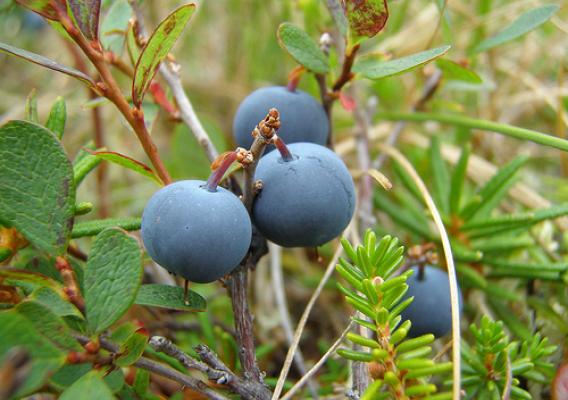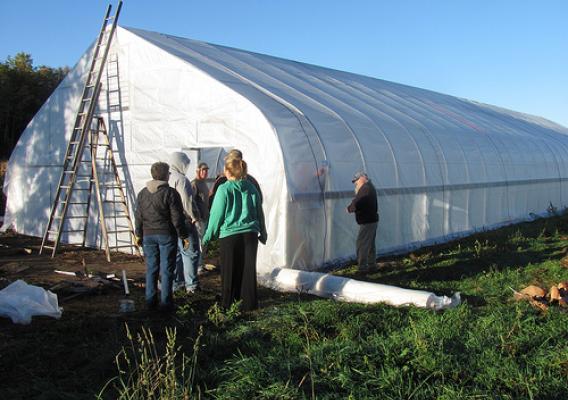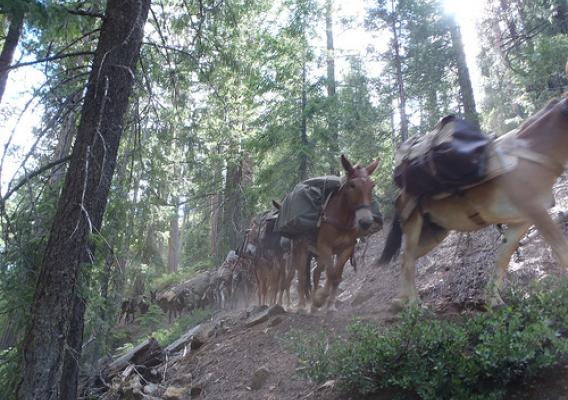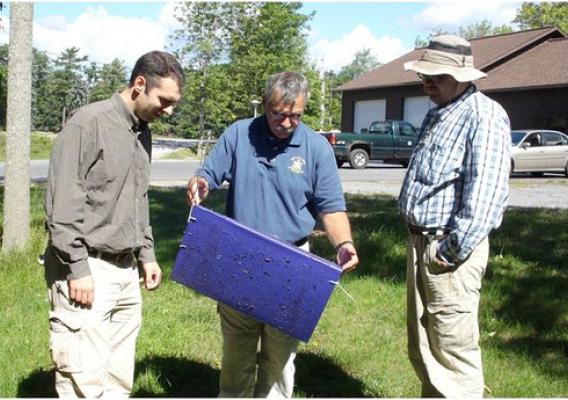This post is part of the Science Tuesday feature series on the USDA blog. Check back each week as we showcase stories and news from the USDA's rich science and research portfolio.
An international team of scientists, including some from USDA’s Agricultural Research Service, has identified the 90,000-plus genes that make up the wheat genome. This was a monumental task, considering that the wheat genome is five times the size of the human genome.
Why does this matter? Wheat is one of the world’s “big three” crops, along with rice and corn, and unlocking its secrets will help researchers develop an overall picture of the plant's genetic makeup and broaden their understanding of how genetics and environment determine a crop’s health and viability. Why is one variety of wheat susceptible to drought or a particular disease, but not another? Why does one variety grow well in one type of soil, but not another? The genome map will help scientists find those answers by making it easier to link specific genes with important traits and develop genetic markers that can lead to breeding of new wheat varieties that produce higher yields and better tolerate drought, diseases and pests.







